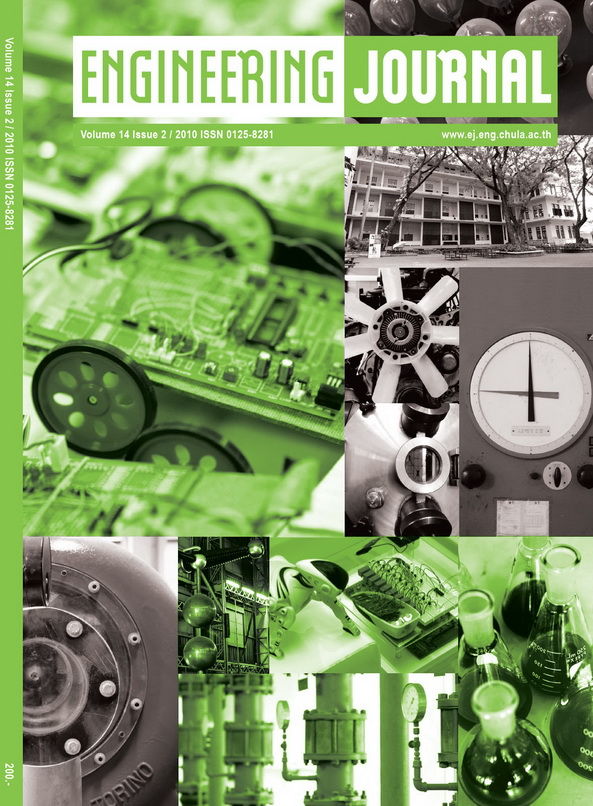The Impact of Walking Time on U-Shaped Assembly Line Worker Allocation Problems
DOI:
https://doi.org/10.4186/ej.2010.14.2.53Keywords:
Coincidence algorithm, multiple objectives, U-shaped assembly lines.Abstract
The one-piece flow manufacturing line of single and customized products is usually organized as a U-shaped assembly layout. In this study, the characteristics of a single U-line are described and modeled. The worker allocation problem is hierarchically concerned with the task assignment into a U-line and allocate task to workers in sequence. Several products are assembled in 7-task to 297-task problems, and each problem is performed with a given cycle time. The primary purpose is to identify the impact of walking time on both symmetrical and rectangular U-shaped assembly layouts. The minor purpose is to compare the number of workers between two fixed layouts. Coincidence algorithm demonstrates clarifying solutions. To respond to two previous aims, the primary objective function of a number of workers is used. Finally, with the Pareto-optimal frontier between the deviation of operation times of workers and the walking time, its computational study is exemplified to identify good task assignment and walking path.
Downloads
Downloads

Authors who publish with Engineering Journal agree to transfer all copyright rights in and to the above work to the Engineering Journal (EJ)'s Editorial Board so that EJ's Editorial Board shall have the right to publish the work for nonprofit use in any media or form. In return, authors retain: (1) all proprietary rights other than copyright; (2) re-use of all or part of the above paper in their other work; (3) right to reproduce or authorize others to reproduce the above paper for authors' personal use or for company use if the source and EJ's copyright notice is indicated, and if the reproduction is not made for the purpose of sale.









